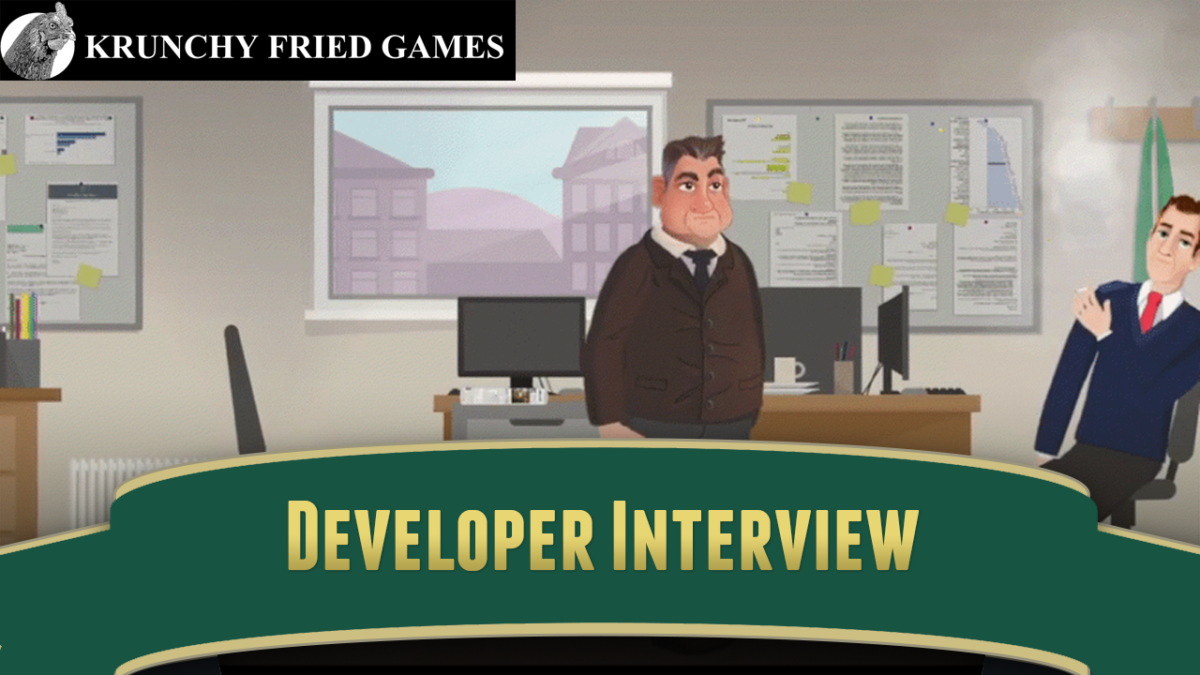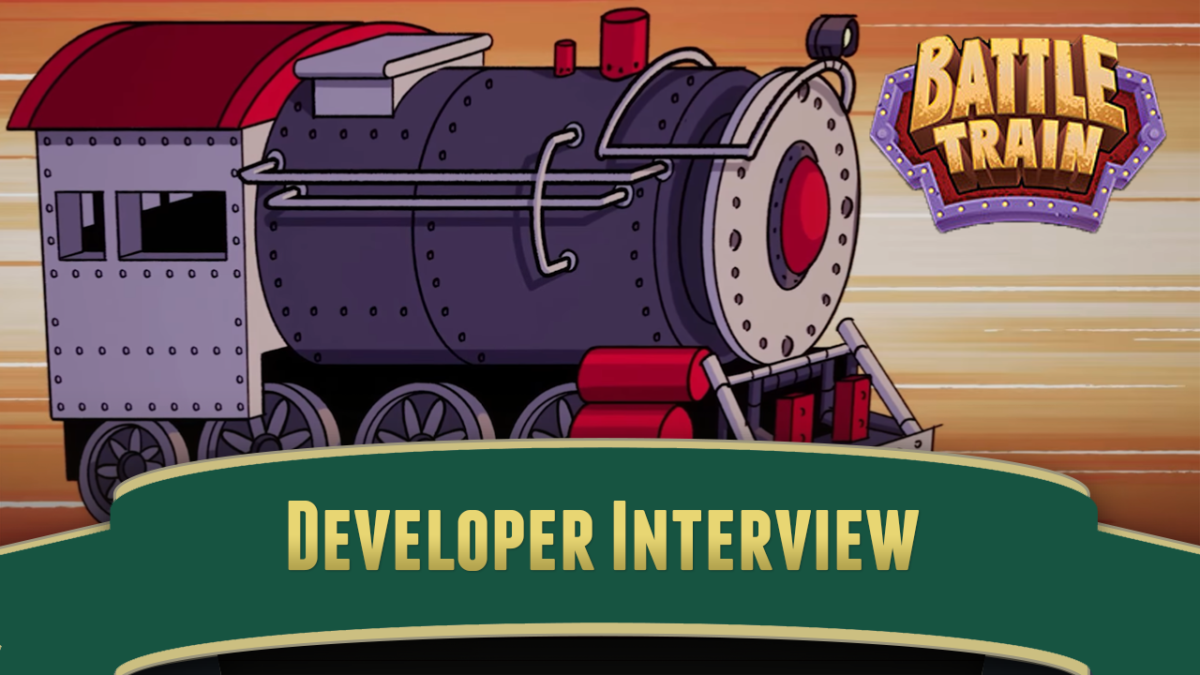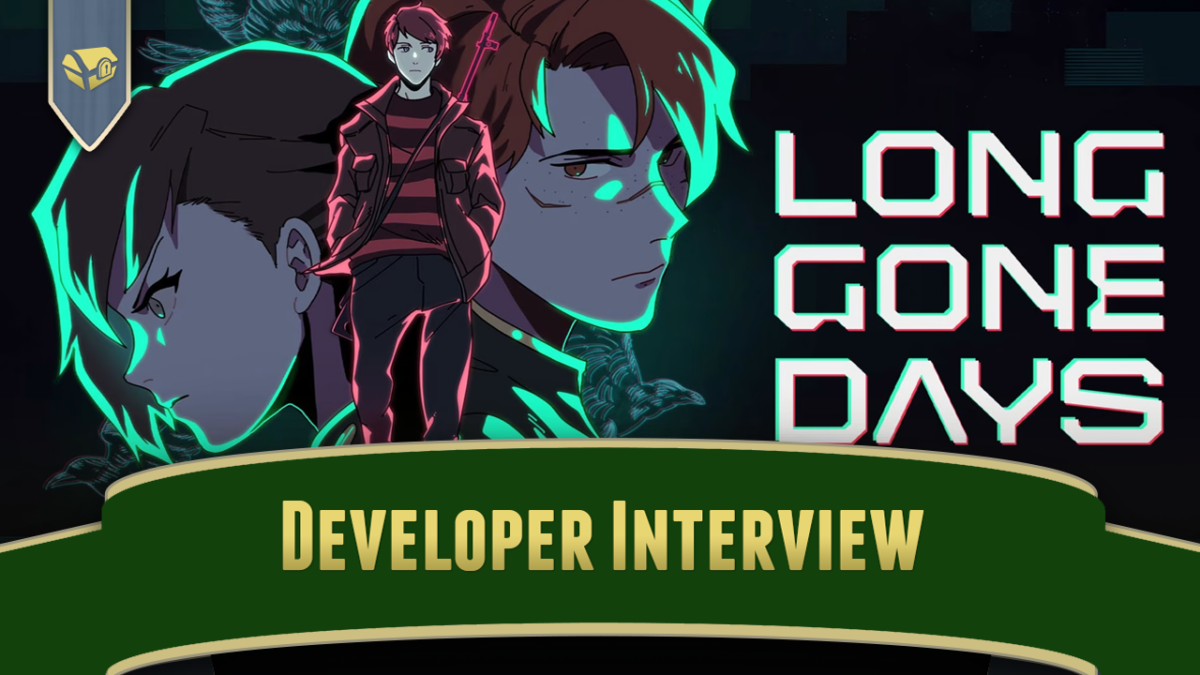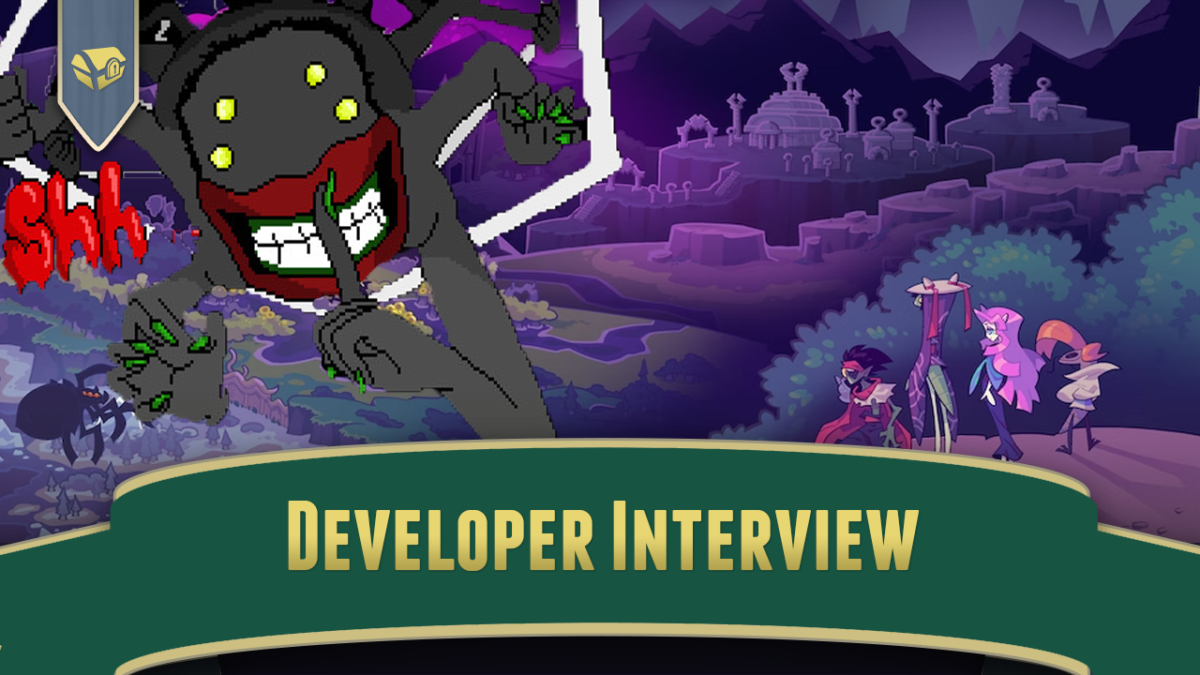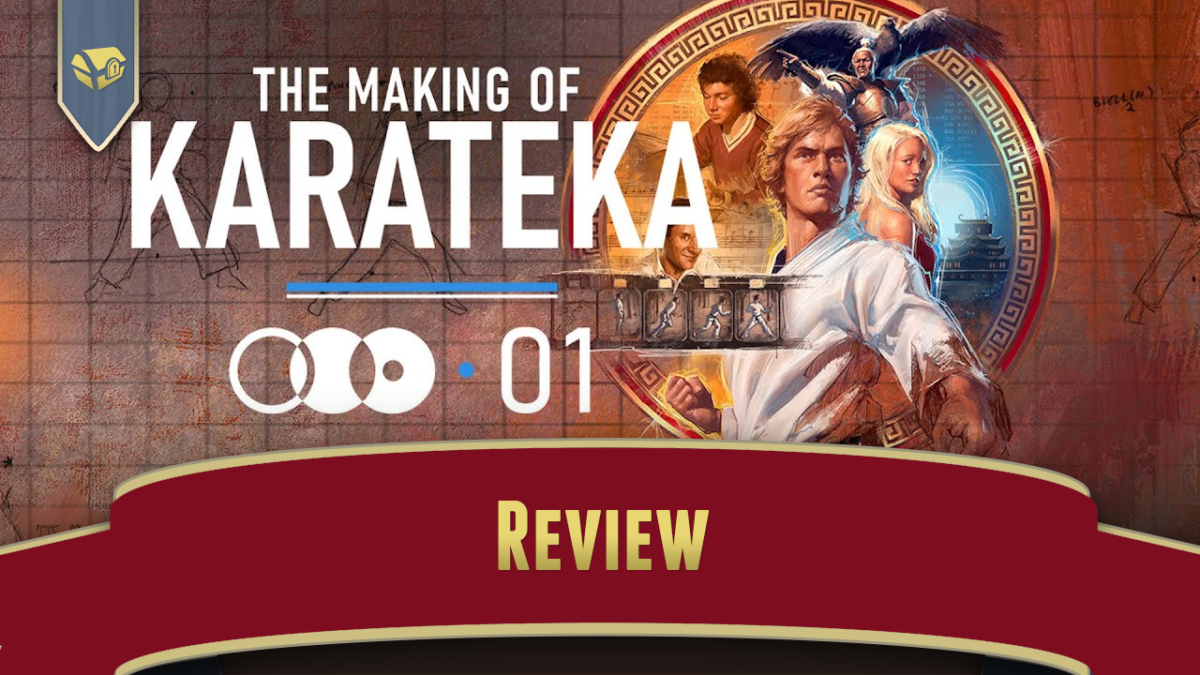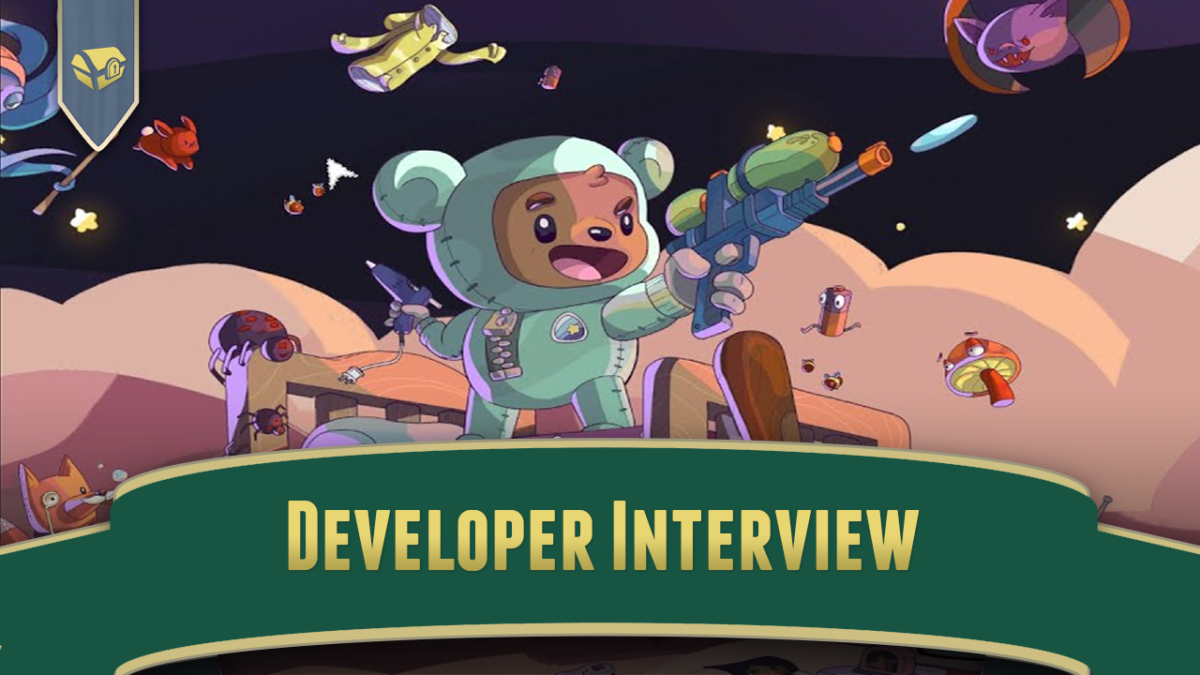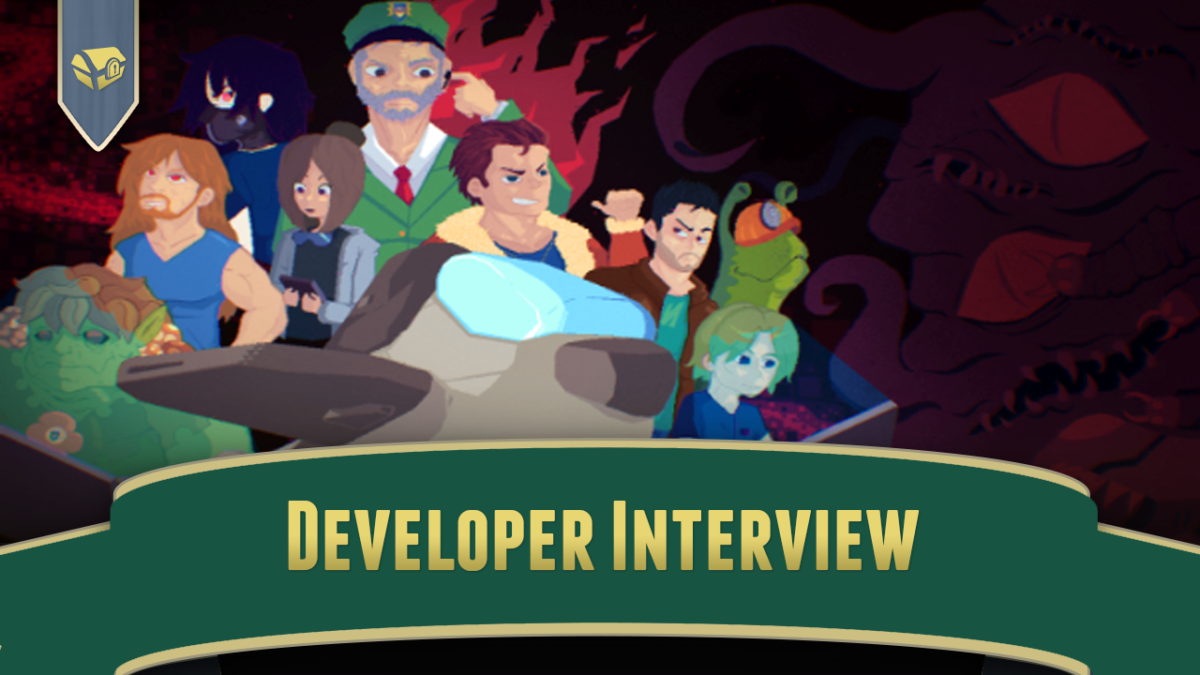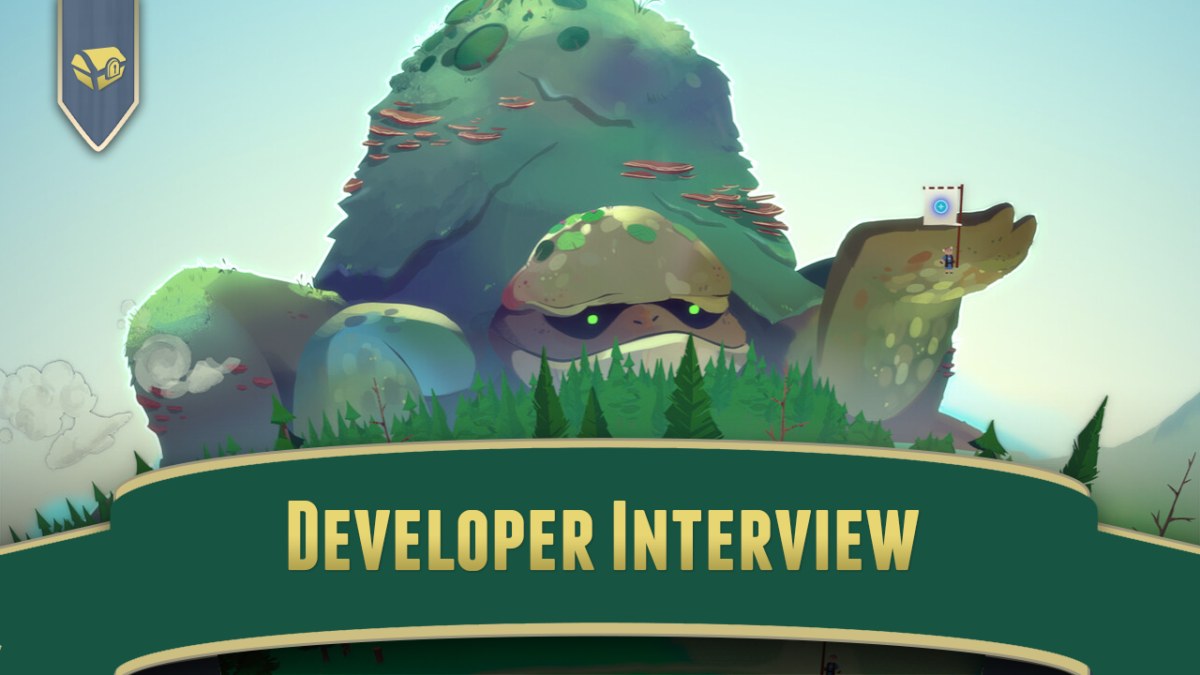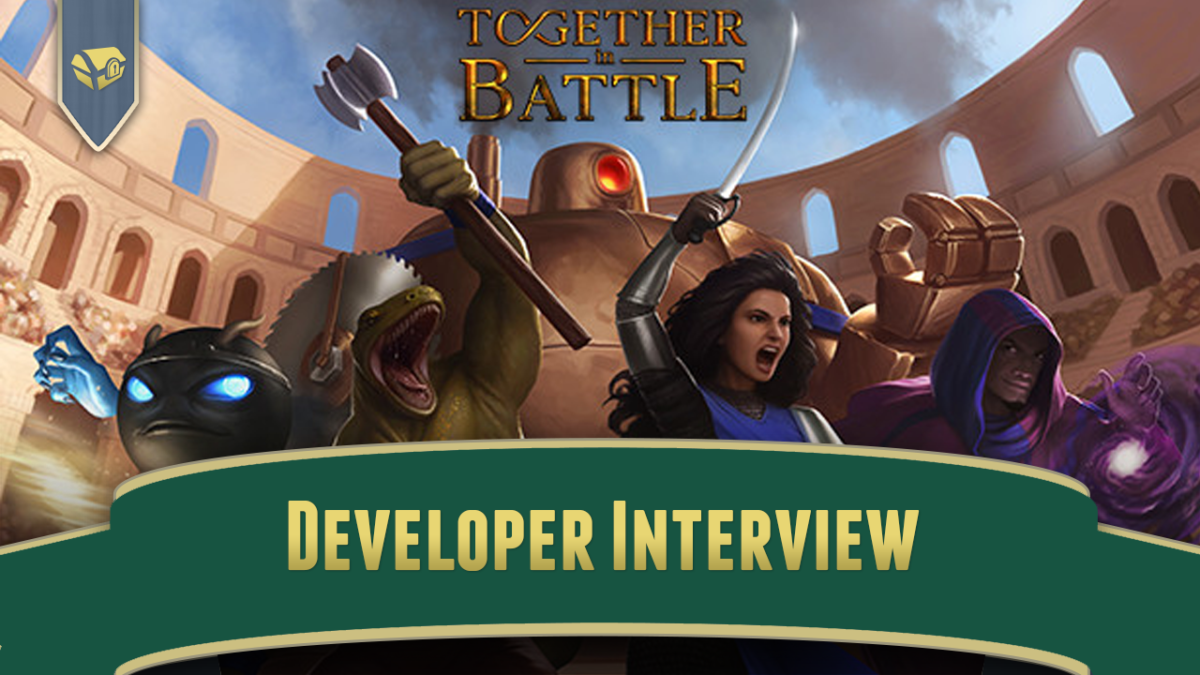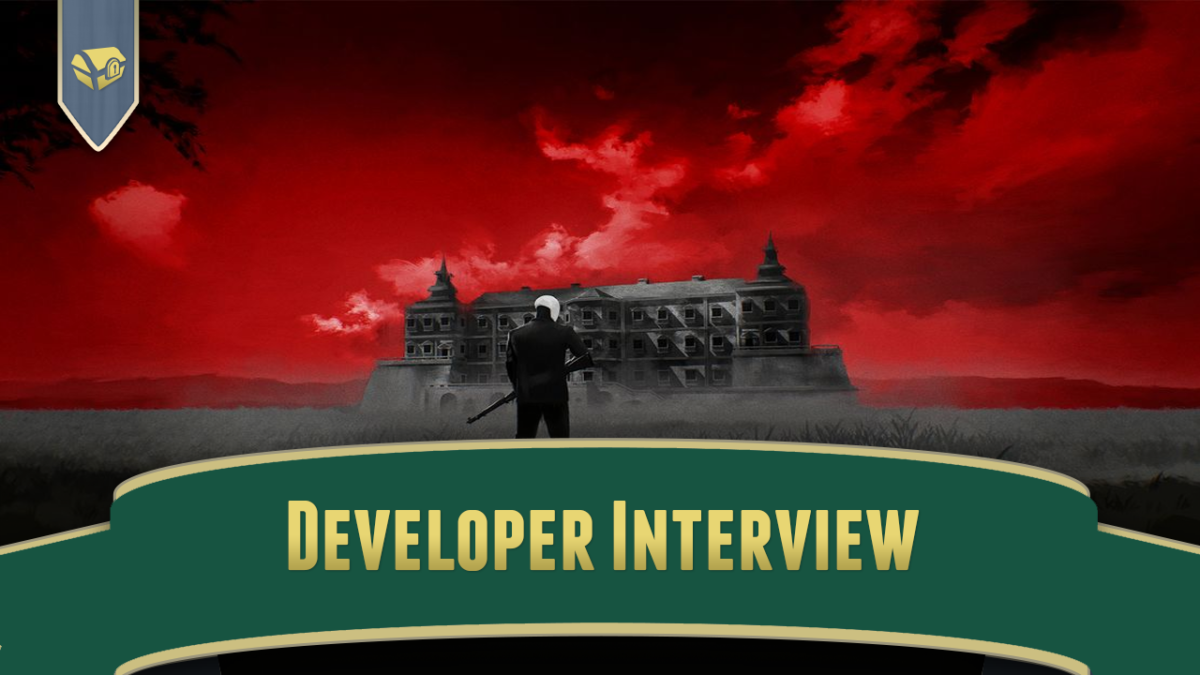Another find that should be credited to a Metafilter member, in this case AndrewStephens. It’s an interview on the site “spillhistorie.no” with Peter Liepa, creator of the 80s home computer hit Boulder Dash, an early game application for cellular automation. A digging game, like Dig Dug and Mr. Do!, but instead of just dropping single rocks or apples on enemies, falling boulders are an essential aspect of gameplay, as well as gemstones, butterflies and growing amoebas. And oddly, its publisher, First Star Software, still has a living website, yes even in 2025, and may even still be in business, presumably as a company licensing its microcomputer-era products?
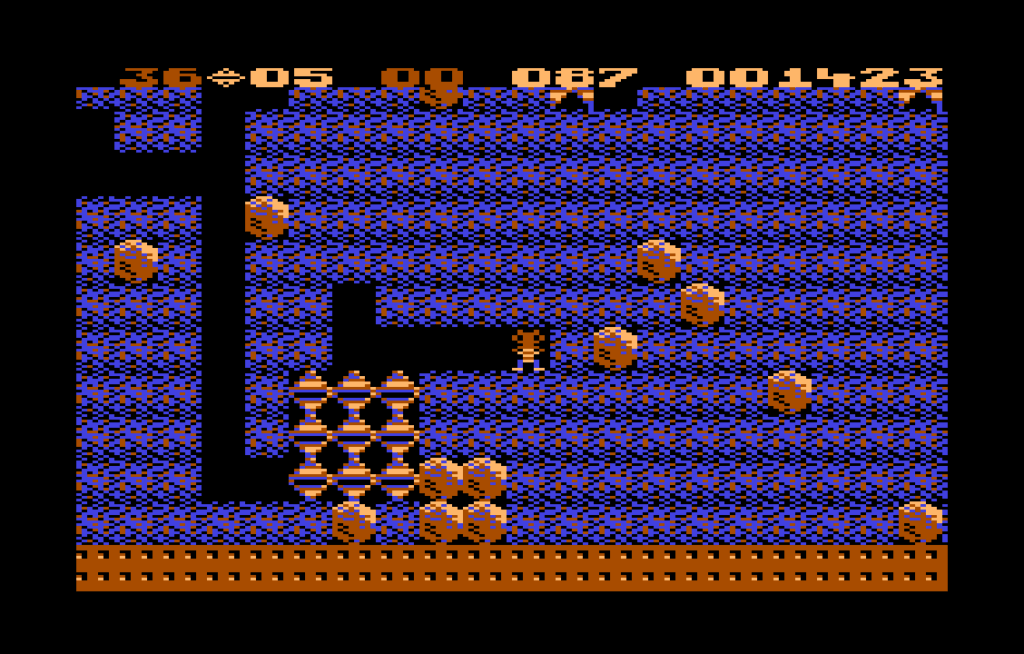
Please take a moment that Peter Liepa is still alive, and willing to talk about his work, for which the same can’t be said for Doug Smith, creator of Lode Runner. There, that’s enough maudlin talk. Time to dig out from beneath a pile of boulders; no one else is gonna do it for me.

